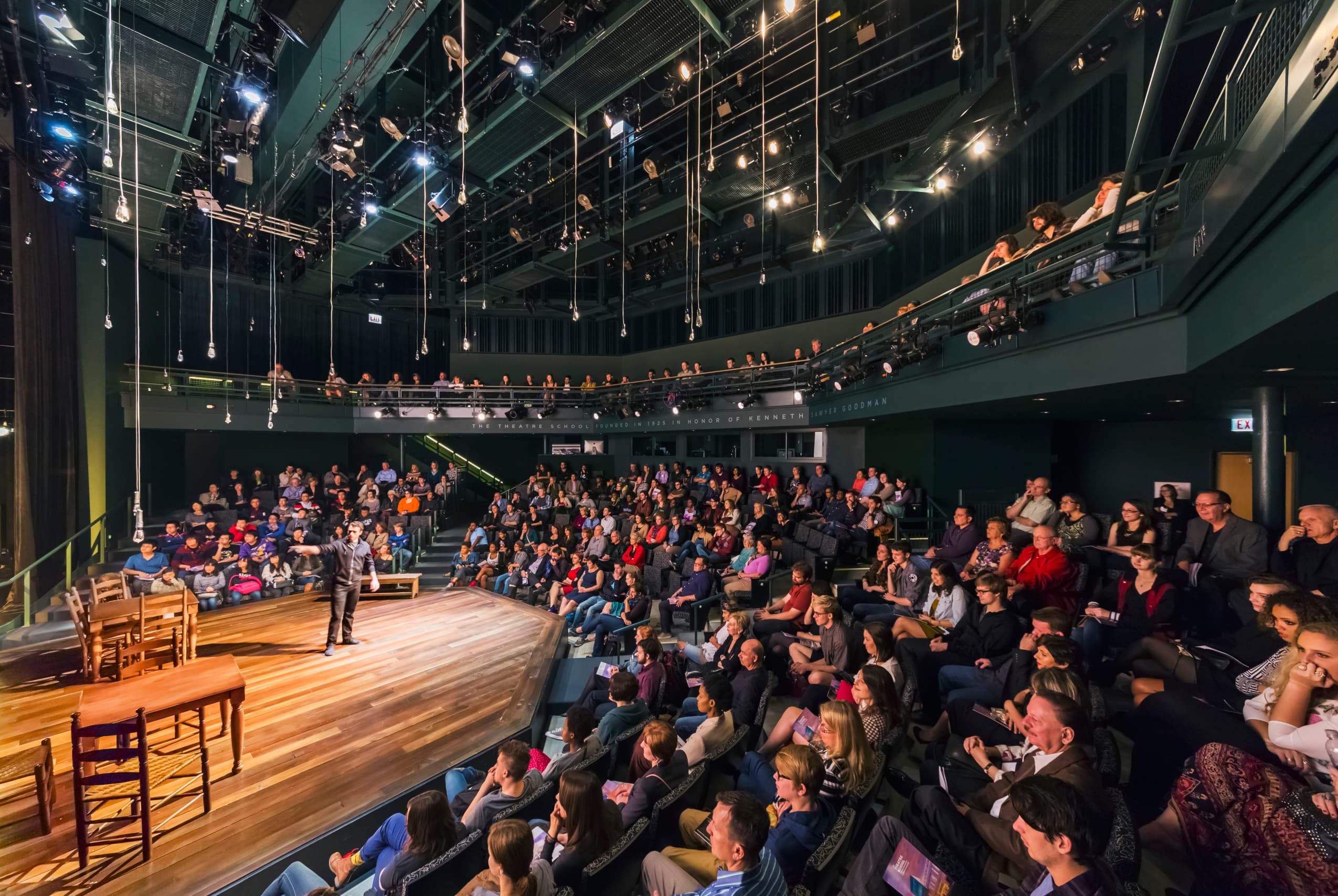Technology is everywhere in our lives — our cars, smartwatches, phones, alarm clocks — and there is nothing inherently wrong with this reality. However, amidst all this tech, we cannot lose sight of the power of immersive design and human connectivity.
Leaving NeoCon earlier this summer, that commitment to immersive design resonated louder than before. Interior designers have the incredible agency to create spaces where meaningful human experiences take place. We should embrace this power and always push for evocative design solutions that connect people, memories, stories, and physical space in profound ways.
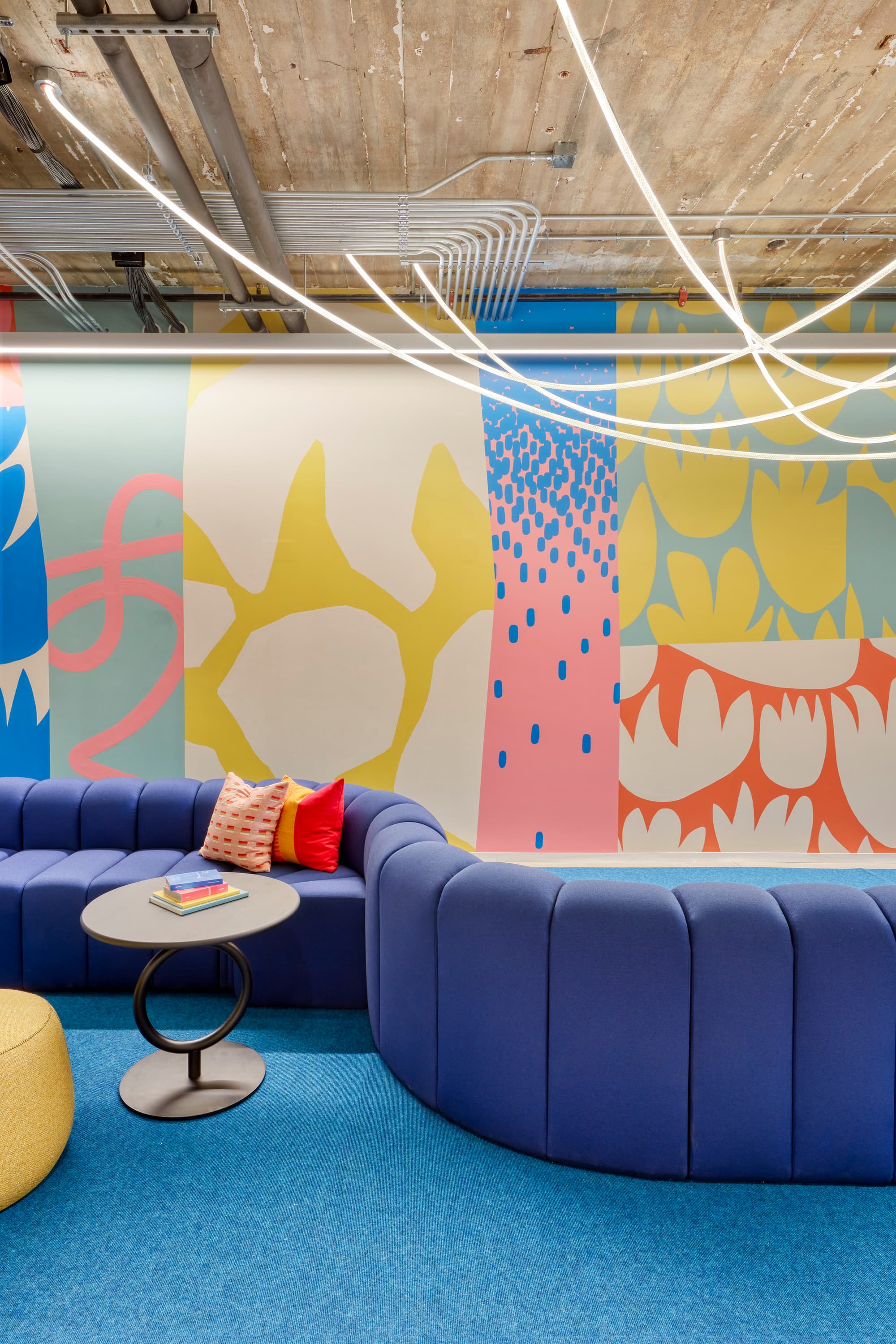
One exciting way to shape these design solutions is by better uniting our interior design skills with theater design and storytelling. While these disciplines are distinct, they share commonality in their ability to shape experiences that engage our senses and stir our souls.
To help illustrate the convergent power of these disciplines, this post details each of them below and how we can better work across them.
Theater: A canvas for the imagination
In some ways, theater design is remarkably unique. The sceneste we create often ask us to suspend disbelief and embrace endless possibilities. Those are not traits that are immediately easy to translate to more functional spaces in healthcare facilities, workplaces, or other more utilitarian settings.
However, a more nuanced review of theater design can reveal incredible commonalities between the disciplines. While it may have a different end goal, theater focuses on suggestive design elements, transformative experiences, and dynamic variations in intensity. Effective production demands a layered world that seamlessly blends the physical and the ethereal -- these are goals we should also embed in our interiors work.
There are other throughlines between theater and interiors, including:
- Theater design does not depict a complete scene, instead it uses bits and pieces, lights and sounds to stimulate our senses, evoke emotions, and inspire our minds to construct the larger narrative. Similarly, interior design uses volumes, materials, colors, and graphics to infuse static environments with meaning and depth, transforming spaces into experiences.
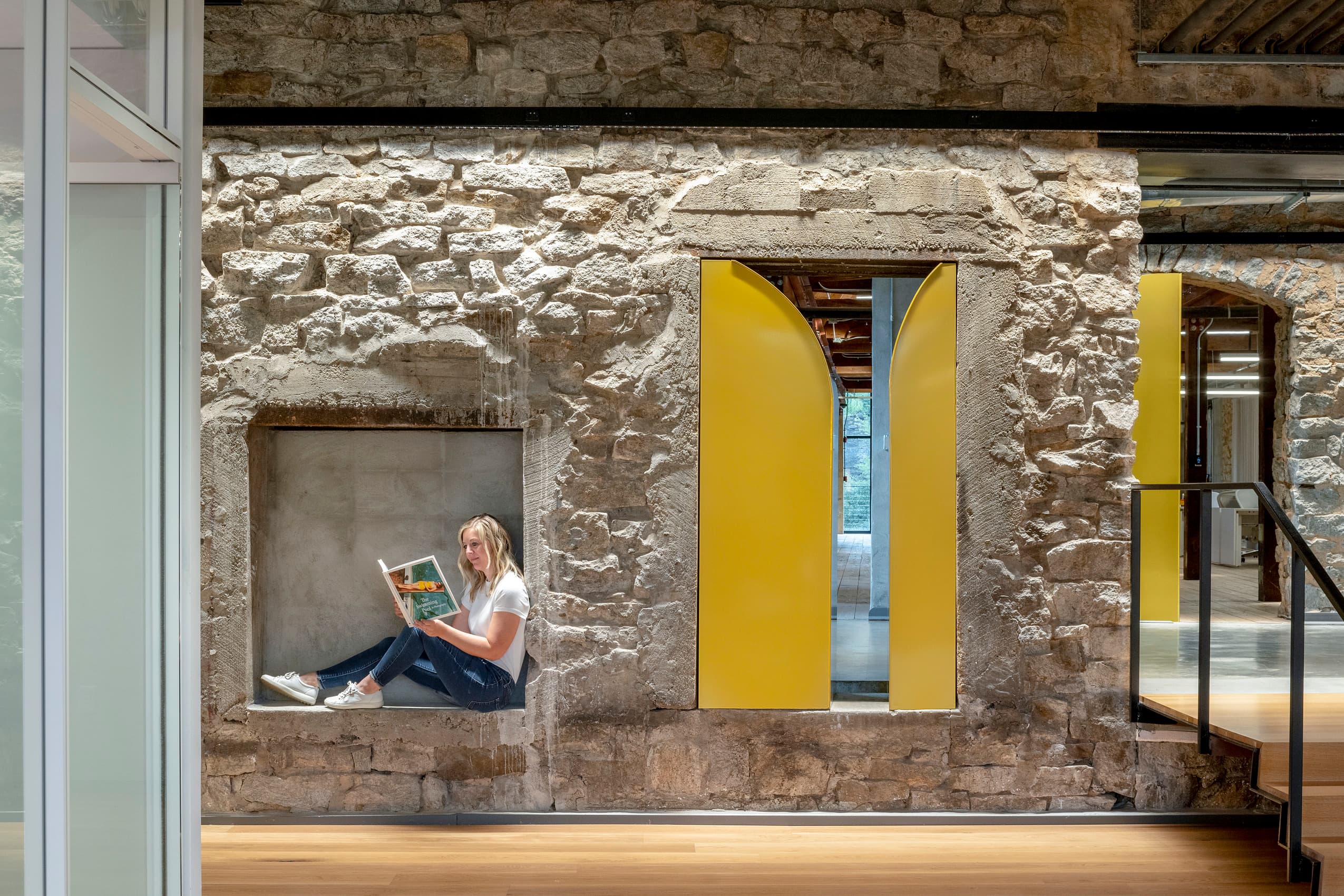
- Both the theater and our interior spaces impact end users (the audience). And, in both disciplines we are seeking to create exciting new realms that disrupt routine and under perceived barriers. When we are successful, this approach unlocks more imaginative mindsets in our end users. It encourages emotional engagement and reduces inhibitions for stronger understanding between the space and user for better learning, healing, work, etc.
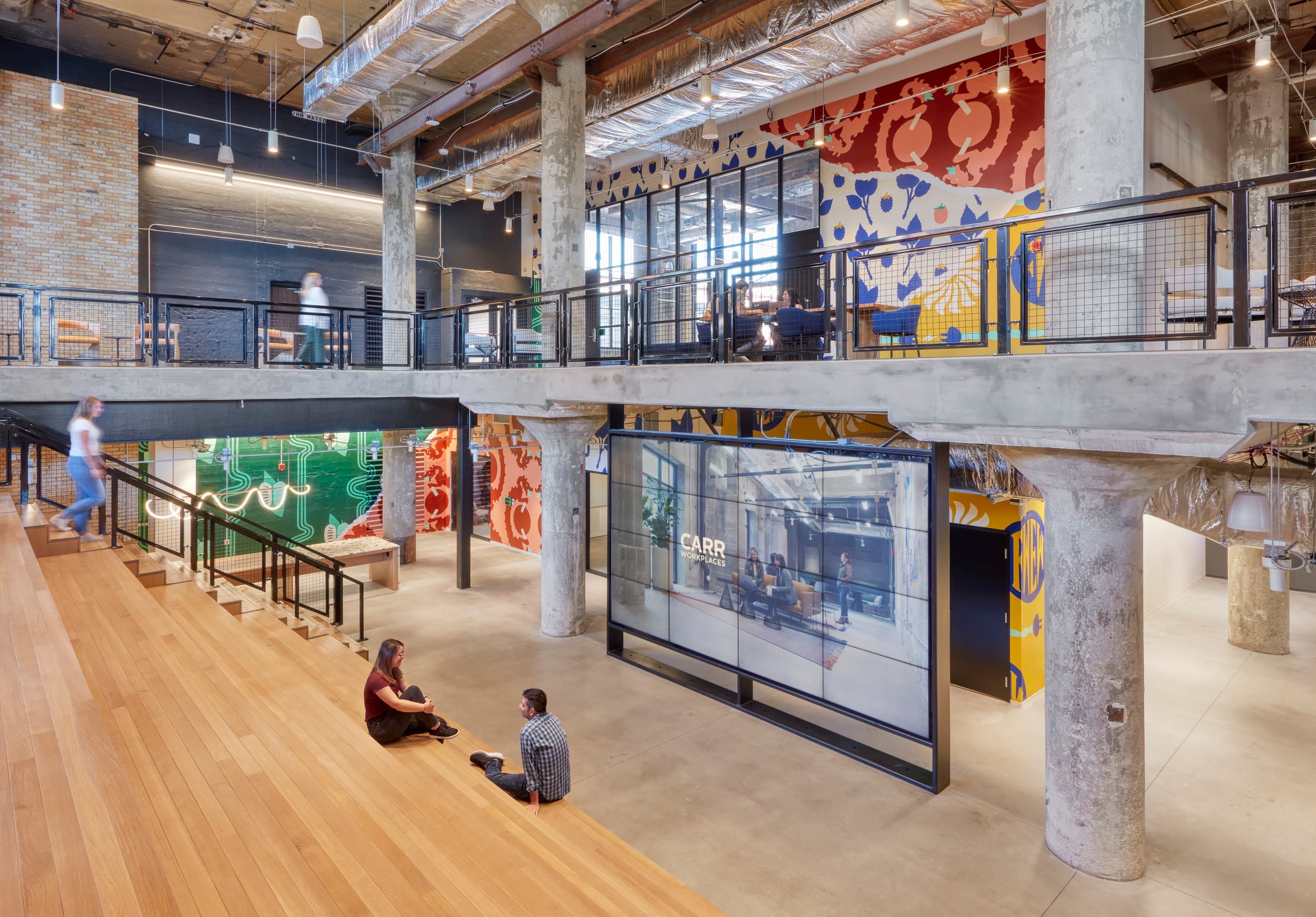
- Just as theater designers craft imaginary worlds that embrace the unknown and unexpected, interior designers are creating spaces that inspire exploration and curiosity. In both cases, the goal is to transform spaces into dynamic spatial experiences. Both types of designers blend aesthetics and functionality to ensure each design tells a unique story and engages people meaningfully.
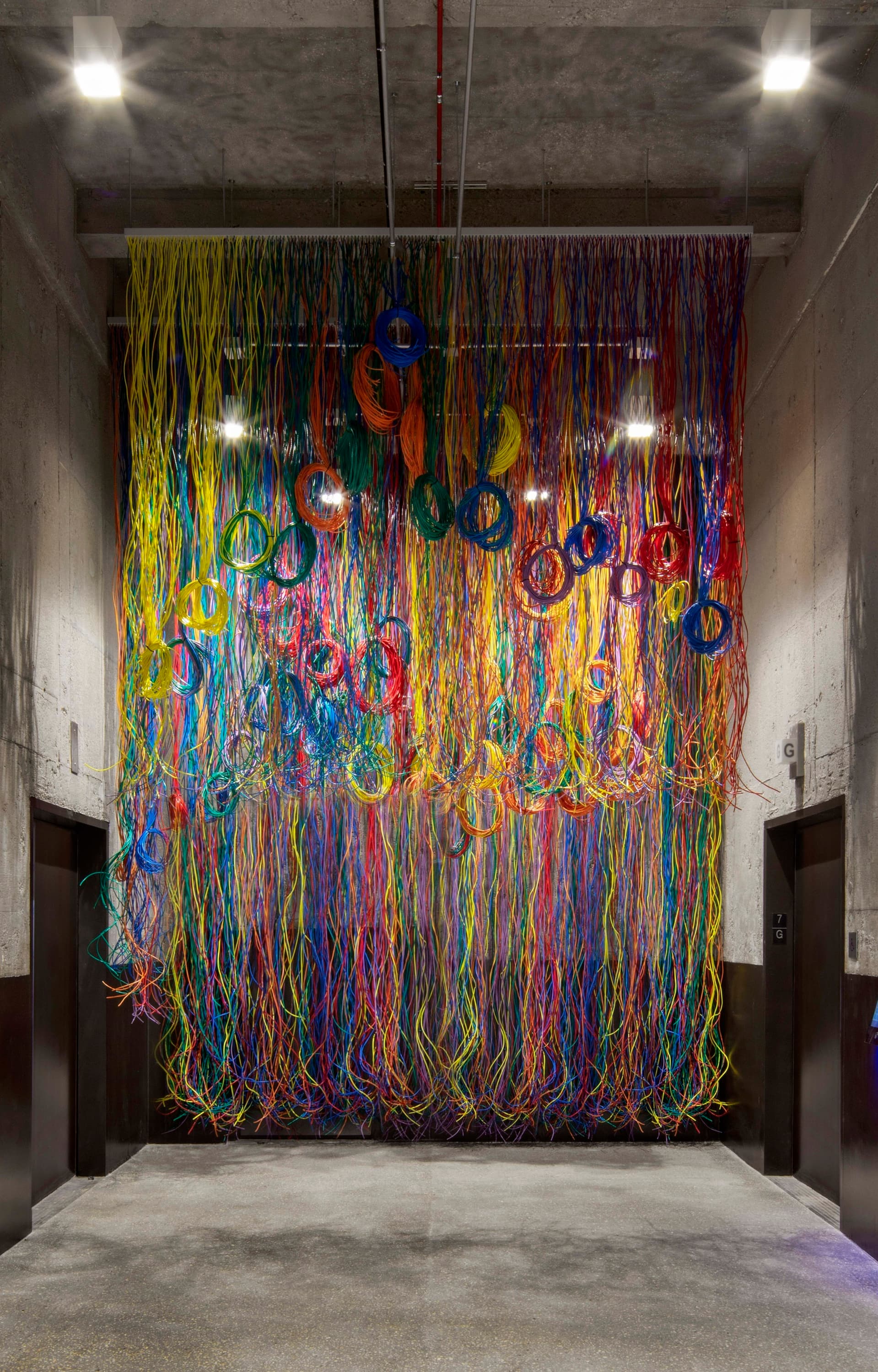
- It is understood that theater is live and temporal while architecture is considered much more static. However, the rapid pace of change driving our modern world requires us to view everything through the lens of change. None of the spaces are permanent and their ability to shape experiences must also be ready to evolve. While theater has scene changes, interior designers have resilient and adaptable spaces that allow for all different uses.
After a closer look, the through lines between theater design and interiors are quite apparent. This is a great truth and understanding it will only make us all better designers.
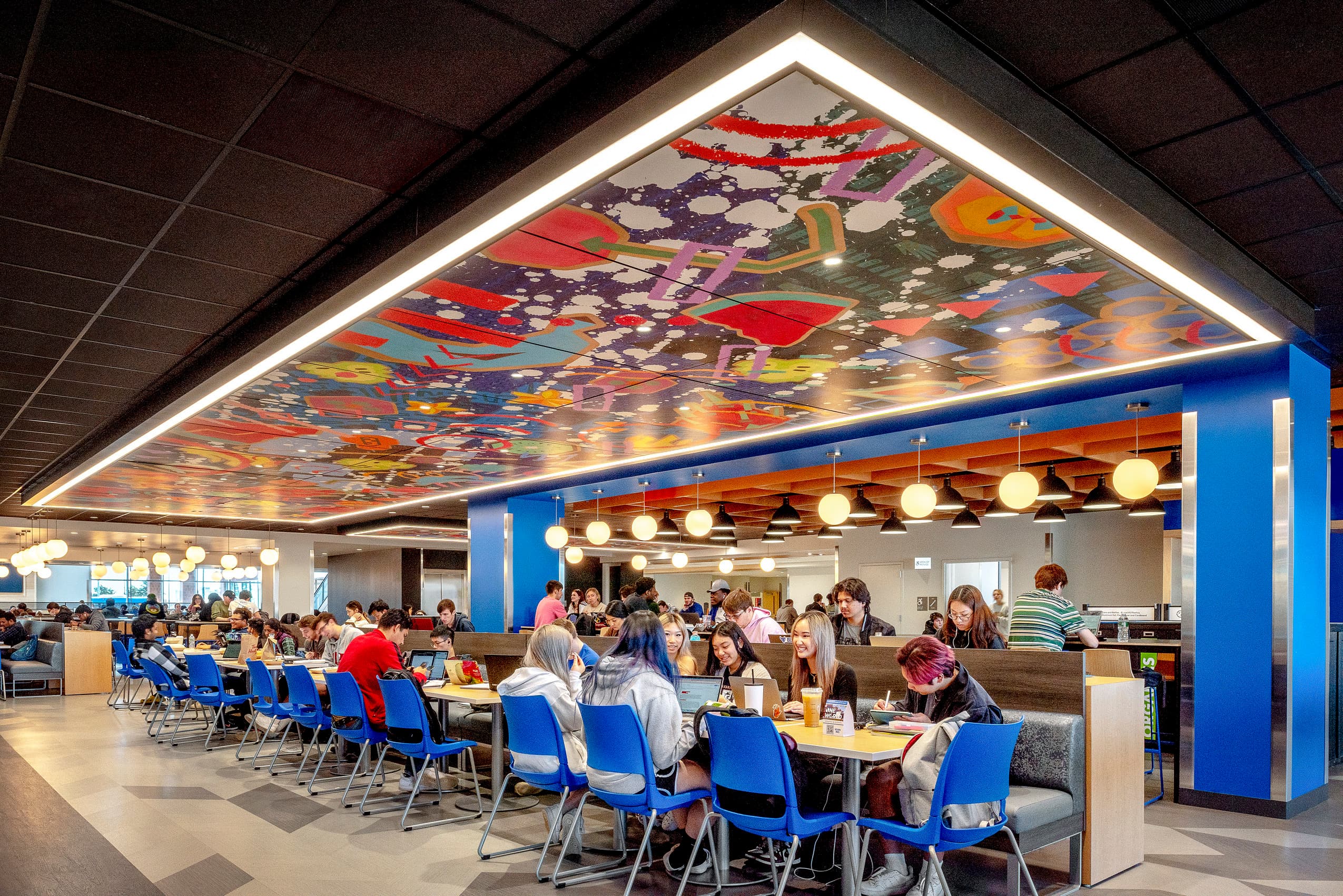
Tell stories. Shape spaces. Change minds.
Being more thoughtful in how we unite theater and interiors is a great step, but we can push even further when we take a broader view of the power of storytelling. Deeper understanding of storytelling can help us both design better and communicate the power of our design work to new audiences.
On the design front, here too, it is important to understand the similarities.
- A powerful story navigates us through imaginary worlds, other people's lived experiences, the depths of the unknown. Interior design is not far away as it uses cues, colors, wayfinding, nature and more to guide people through space. We should study both methods to become better guides.
- Just as every person has a story, so does every space. The walls, floors, ceilings we shape each narrate a story. Interior designers cannot lose sight of this truth as they shape environments. Every piece is a scene, every area a chapter – how can we make sure each delivers on its full promise?
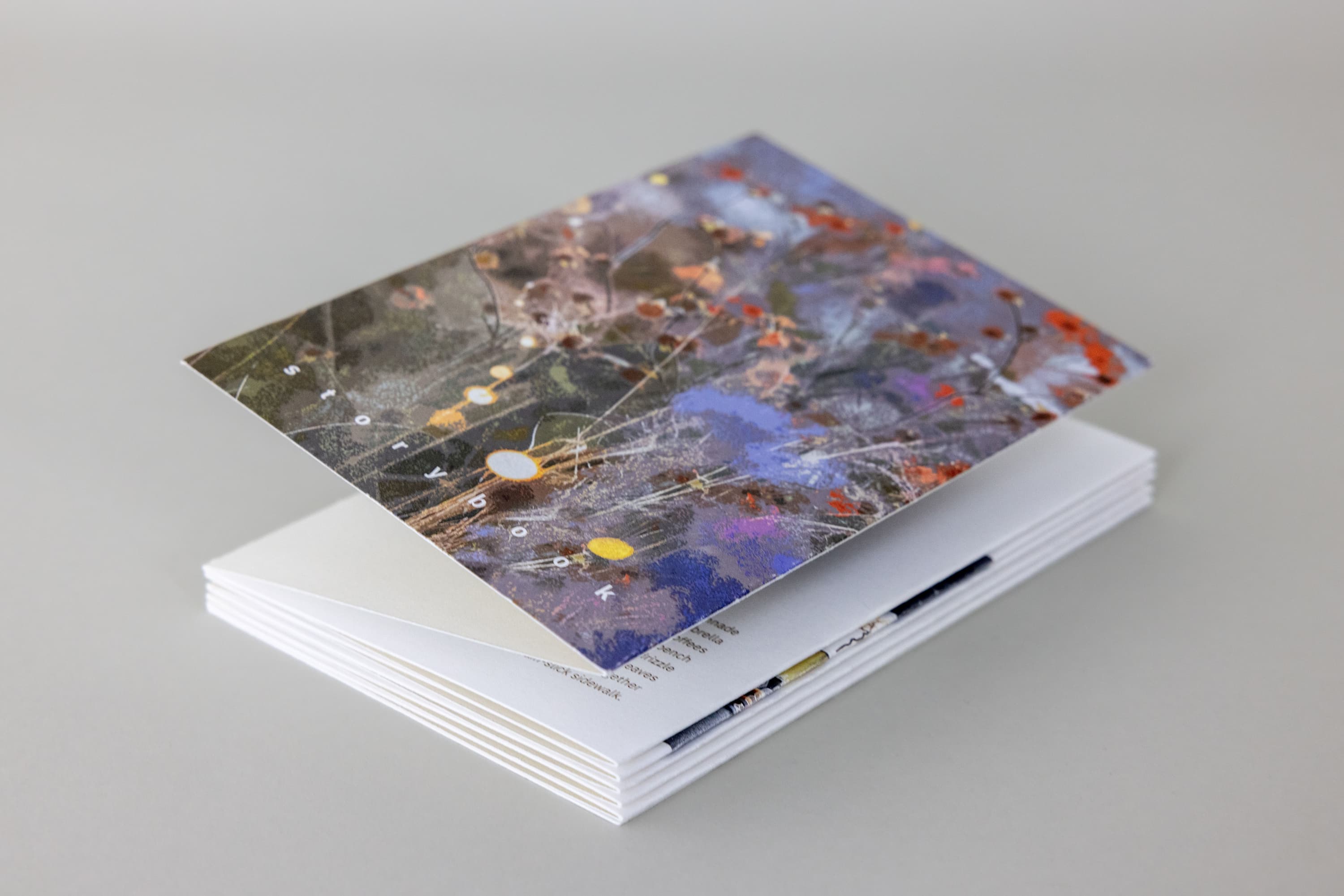
An embrace of storytelling can do more than simply elevate our designs. It can help us inspire people earlier in the design journey. Our teams have embraced conceptual illustrations as a storytelling means to distill the essence of our design work. These illustrations take audiences on journeys, highlighting primary themes, moods, and atmospheres. When done effectively, these illustrations allow clients and stakeholders to grasp the overarching vision and emotional impact of design solutions far earlier in the process.
Conceptual illustrations are an especially effective storytelling tool as they have an organic ability to share the interplay of light and shadow, the flow of space, the relationship between different areas...the fundamental aspects of any design.
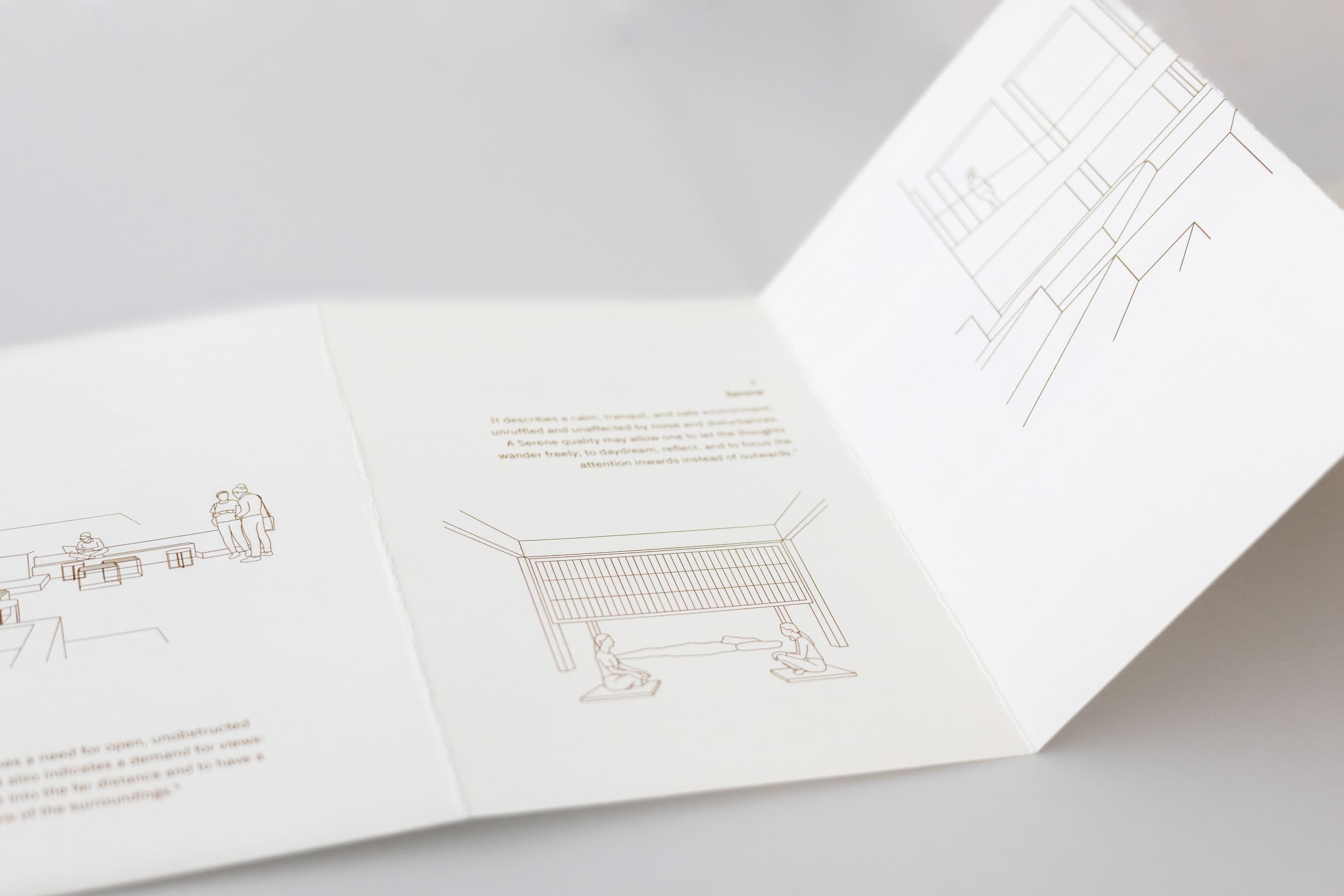
Moreover, the abstract nature of these illustrations empowers stakeholders to move past minutia and visualize the potential of space in their own personal and unique ways, fostering deeper connection.
Scenes. Narratives. Built spaces. Emotions. Characters. Colors. There's incredible synergy across the disciplines of interior design, theater, and storytelling. Even in a world permeated with technology, we cannot lose sight of these connections. There's incredible potential when we unite these disciplines, collaborate across them, and view them more holistically. Let us unlock this potential and create even stronger spaces where all people can flourish.
